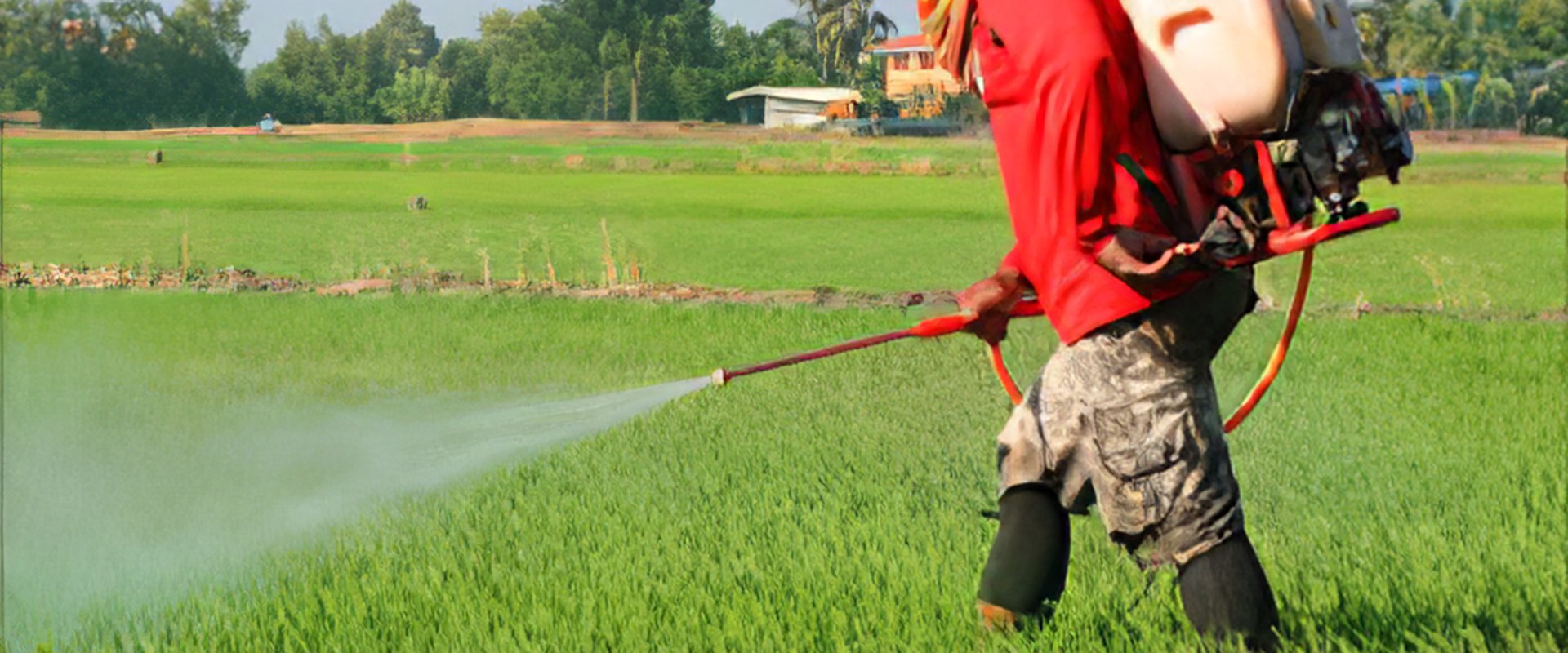The most commonly reported initial symptoms include headache, nausea, dizziness, and increased secretions, such as sweating, salivation, tearing, and respiratory secretions. Progressive symptoms include muscle spasms, weakness, tremors, lack of coordination, vomiting, abdominal cramps, and diarrhea. The purpose of this document is to allow healthcare workers and public health officials to recognize an unknown or suspected exposure to a nerve agent or an organophosphorus (OP) pesticide. Nerve agents are chemical warfare agents that have the same mechanism of action as insecticides, pesticides, organophosphorus OPs.
They are potent acetylcholinesterase inhibitors. Acetylcholinesterase inhibition leads, which leads to an accumulation of acetylcholine in the central and peripheral nervous system. Excess acetylcholine causes predictable cholinergic syndrome consisting of copious respiratory and oral secretions, diarrhea and vomiting, sweating, altered mental status, autonomic instability, and generalized weakness that can progress to paralysis and respiratory arrest. Insecticide is a chemical that kills insects.
Insecticide poisoning occurs when someone swallows or inhales this substance or it is absorbed through the skin. Respiratory exposure is particularly dangerous because pesticide particles can be rapidly absorbed by the lungs into the bloodstream. The Poison Center at Children's Hospital in Omaha reports that agricultural pesticides are responsible for 4.6 percent of all reported accidental exposures. Certified pesticide applicators or people working with pesticides are advised to undergo regular medical check-ups.
Therefore, it is important to know both the type of pesticide you are using and the signs and symptoms associated with pesticide poisoning. Applying a pesticide with high-pressure, ultra-low-volume, or fogging equipment can increase the danger because the droplets are smaller and can be transported in the air for considerable distances. Below are several cases of people who have been exposed to pesticides under various circumstances. The likelihood of developing health effects depends on the type of pesticide and other chemicals that are in the product you are using, as well as how much you are exposed to and how long or how often you are exposed.
Effects, or symptoms, of pesticide poisoning can be broadly defined as topical or systemic. It is important to seek immediate medical attention; however, the development of certain symptoms is not always the result of exposure to a pesticide. The order in which these symptoms appear may vary, depending on how contact with the pesticide is established. While most of these pesticides can be used with relatively low risk (as long as label instructions are followed), some are extremely toxic and require special precautions.
Another source of pesticide-related medical information during non-emergency situations is the National Pesticide Telecommunications Network, 1-800-858-7378. A pesticide product label will have one of three warning words that clearly indicate the degree of toxicity associated with that product (Table I). Before allowing the use or sale of a pesticide in Canada, it must undergo a rigorous scientific evaluation process to ensure that no harm occurs when pesticides are used in accordance with the instructions on the label. Some people have allergic reactions when using pesticides or when these materials are applied in or around their homes or workplaces. .







